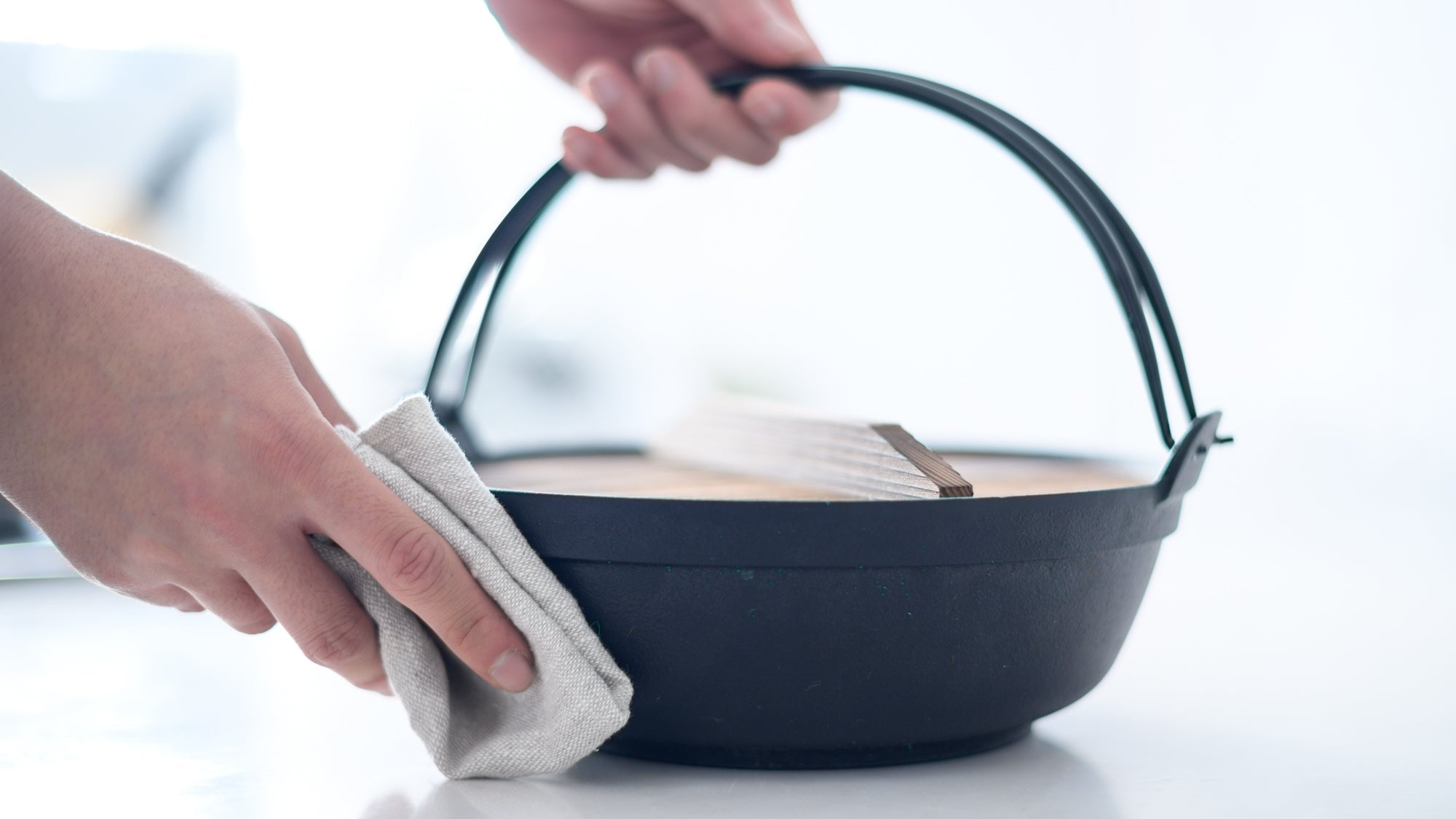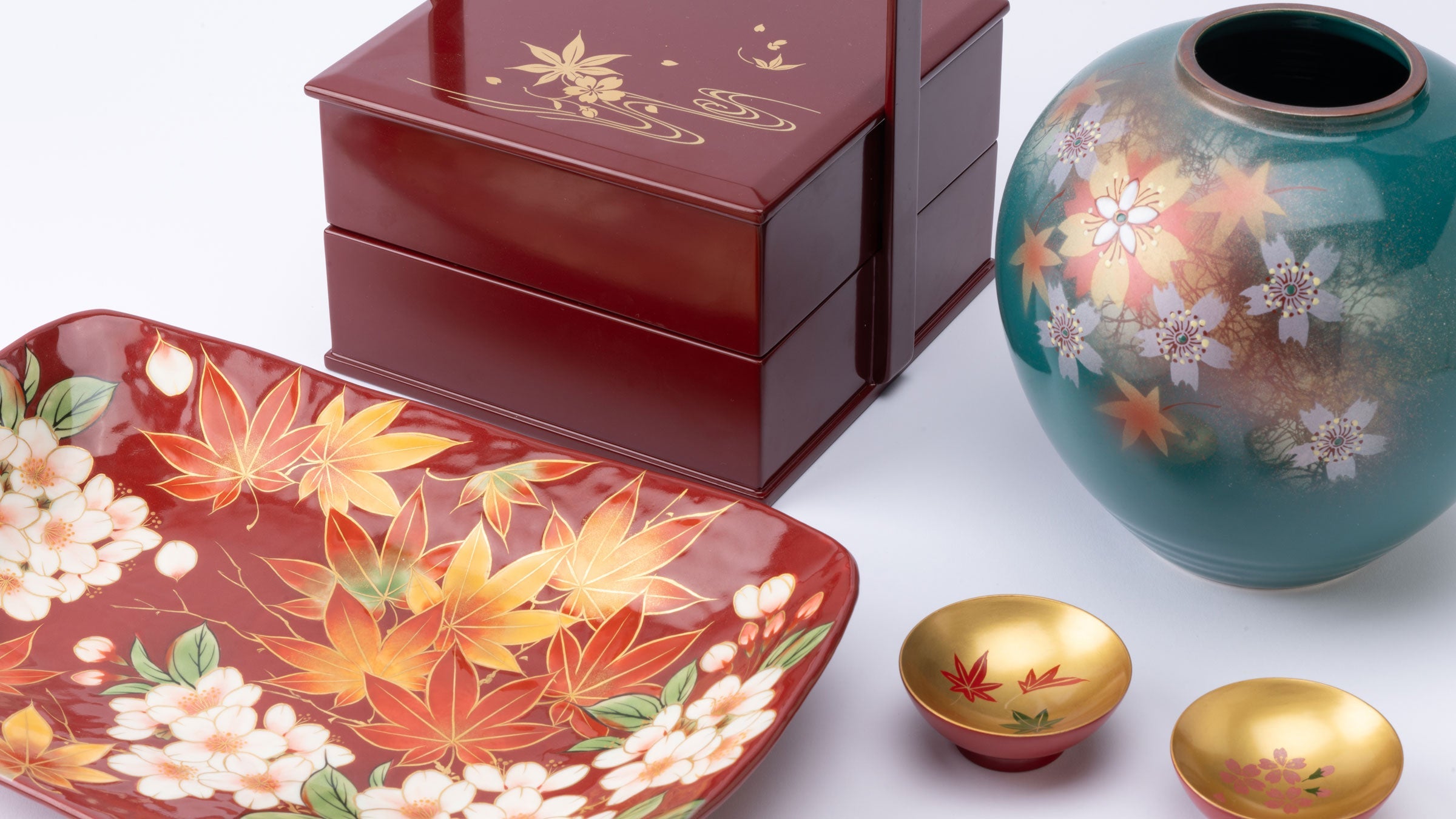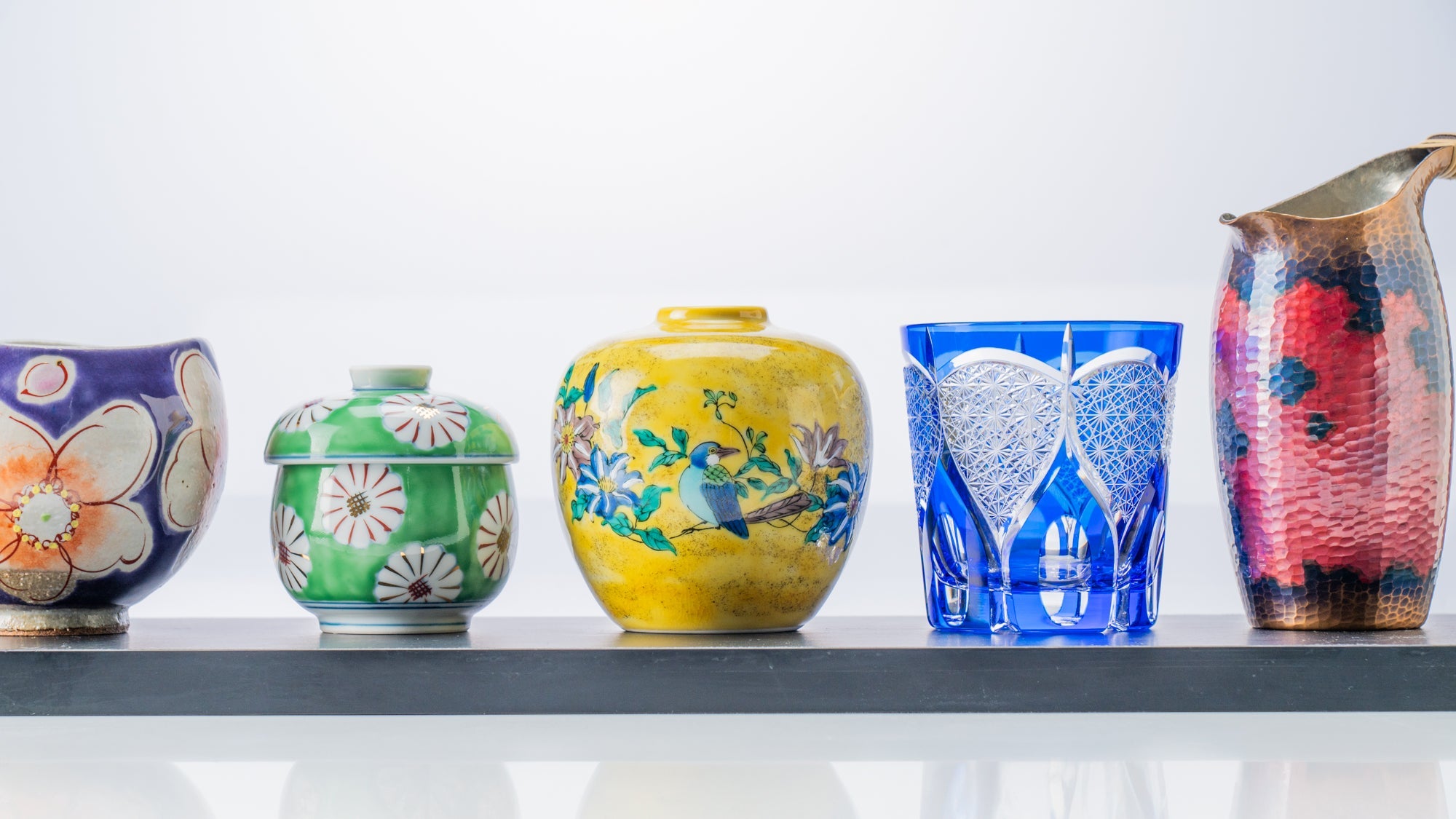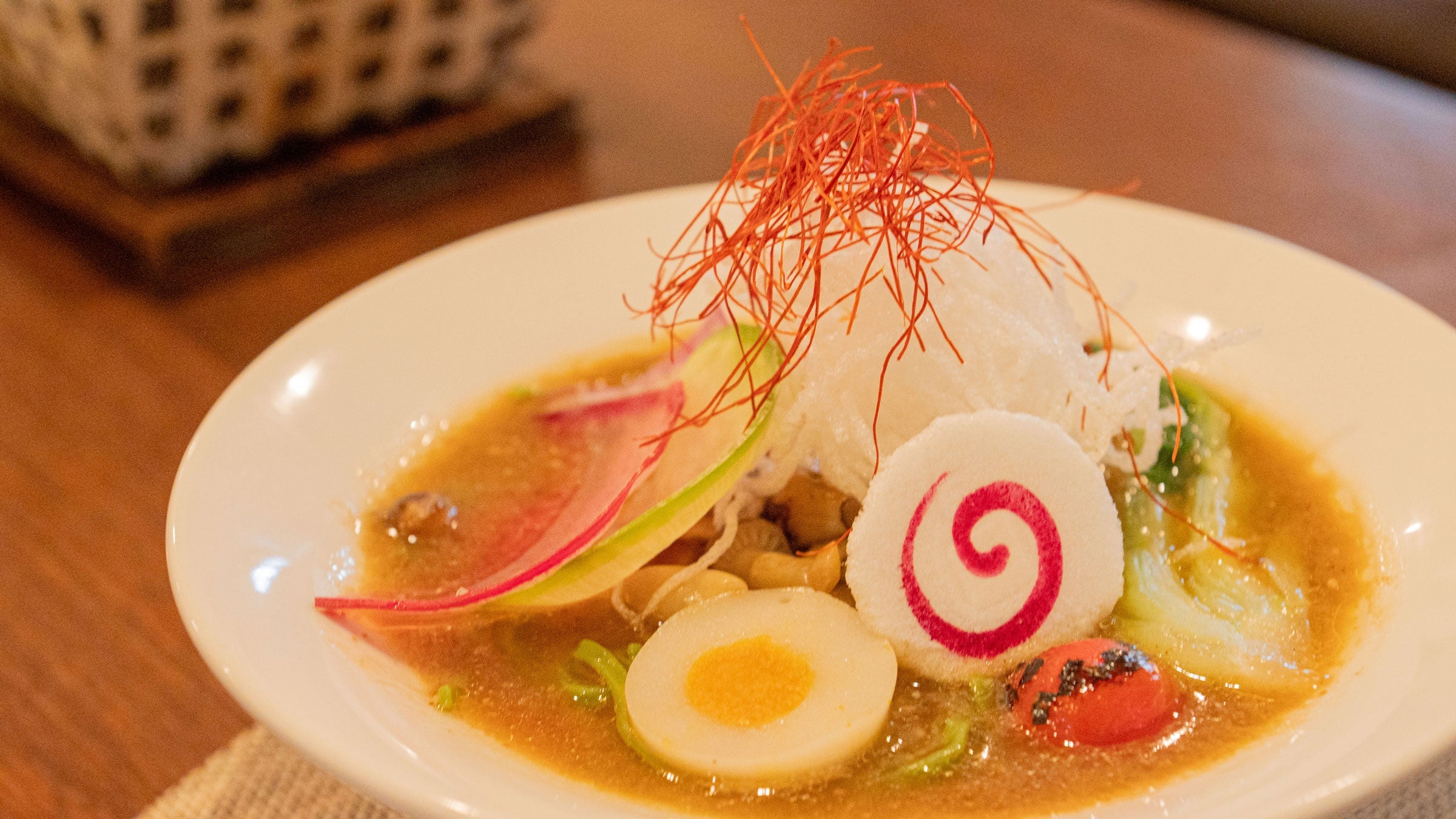
How to Season Nambu Ironware Nabe
Written by Team MUSUBI
The Nambu Ironware Nabe Cast Iron Pot is a unique and convenient piece of Nambu ironware, a traditional craft from Morioka City, Iwate Prefecture, in the Tohoku region.
This pot, being made of cast iron, has a rough texture and is excellent at uniformly conducting and retaining heat. It's a versatile cooking utensil, ideal not only for hot pot dishes like sukiyaki but also for frying and stir-frying.
Although the pot is designed to resist rust, its longevity depends on the care it receives before each use. To prevent rusting, a crucial step known as "seasoning," often referred to as abura-narashi in Japanese, is important.
This time, we will introduce the steps for seasoning your Nambu Ironware Nabe Cast Iron Pot so that it can be used for a long time.
table of contents
Step 1. Washing with Water

Step 2. Dry Heating

Step 3. Seasoning (Oil Conditioning)

The reason for stir-frying vegetables is that the oil reacts with the water content in the vegetables, creating a layer of altered oil.
The key here is to stir-fry in such a way that the oil spreads evenly throughout the entire pot. The more the oil is absorbed, the more rust-resistant the pot becomes.
A good indication that the seasoning is complete is when the stir-fried vegetables become wilted.

During and after cooking, the body, handle, ring, and wooden lid of the pot become very hot, so never touch them with bare hands. Always use an oven mitt or a tea towel to cover and hold them.
When holding the handle, always make sure to hold both ends together.
Do not place heated pots directly on tables or similar surfaces. Instead, use a trivet.

Step 4. Rinsing the Nabe

To avoid scratching the surface of the pot, thoroughly wash it with hot water using a sponge or a natural bristle scrubber. It's important not to use metal scrubbers or detergent when washing. This is because adding water to a high-temperature pot can cause damage.
If you wish to wash the pot with water, let it cool down until it's safe to touch by hand.
Step 5. Reapply Oil

Before applying the oil, you may heat the pot on a low flame as in Step 2 (dry heating) and then apply the oil. However, be careful not to overheat the pot.
Cherishing Your Nabe
The longevity of a tool often depends on how it is first used. After each use of the Nambu Ironware Nabe, the key is to thoroughly evaporate any moisture and ensure it is completely dry.
Cast iron, as it is used over time, becomes a familiar part of Japanese lives, gradually endearing itself to us. The time spent cooking and gathering around the dining table should become more enjoyable than ever. I hope you enjoy living with the Nambu Ironware Nabe, including witnessing how it ages and becomes more characterful with use.







Leave a comment
This site is protected by hCaptcha and the hCaptcha Privacy Policy and Terms of Service apply.